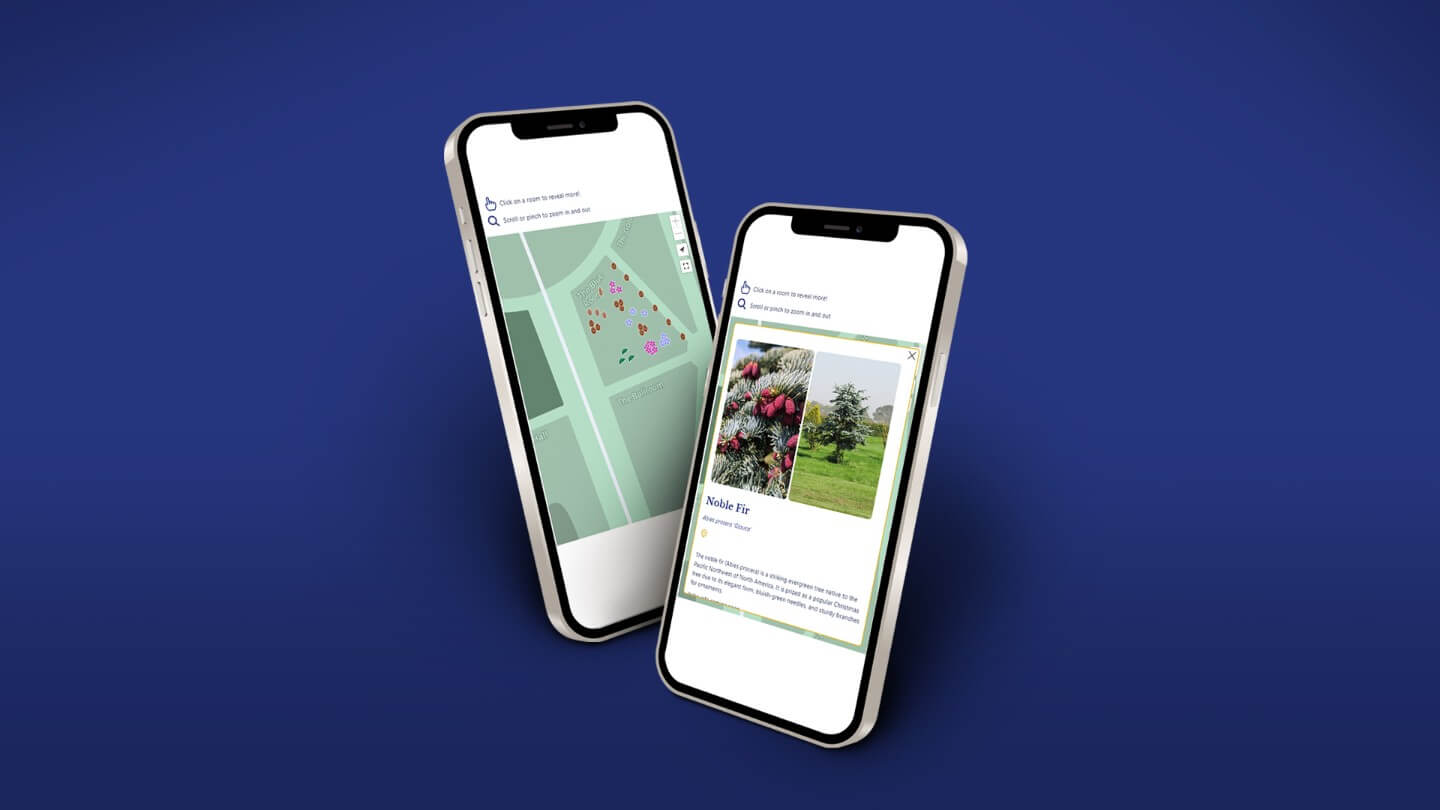Alder buckthorn
Rhamus frangula
The small, inconspicuous flowers are greenish-yellow and appear in clusters in late spring to early summer.
About
Alder buckthorn
The Appearance
A small deciduous tree or shrub with a rounded crown and dark green, ovate leaves that turn yellow in autumn. It produces small, inconspicuous greenish-white flowers followed by red to black berries.
The Produce
The flowers are radially symmetrical and lack showy petals.
The Flowers
Produces small, greenish-white flowers in spring and summer, followed by red berries that turn black when ripe.
The Leaves
They are arranged alternately on the branches.
The Habitat
Prefers moist, well-drained soils and full sun to partial shade. Commonly found in woodlands and wetlands.
The Ecology
Provides habitat and food for various wildlife, including birds and insects. The berries are eaten by birds, and the leaves are food for certain butterfly larvae.
The Culture
Historically valued for its bark, which was used in traditional medicine as a laxative. The berries were also used for dyeing.
Fun Facts
Alder Buckthorn is known for its use in traditional medicine and for the bright red color its berries produce when used as a dye. It is also important for certain species of butterflies, whose larvae feed on its leaves.

Explore Deeper With The Interactive Map
Unleash your inner explorer with our interactive map of the Arboretum. This live map labels the location of every tree in the arboretum, providing detailed information on each one.
Dive into the fascinating stories behind each tree, learn about their origins, characteristics, and unique attributes. The interactive map is your perfect companion for an engaging and educational adventure. Discover the rich tapestry of nature with just a few clicks!
Arboretum Index
Explore Burton Constable Holiday Park
Uncover the Charm of a Family-Run Holiday Park on Timeless 18th Century Grounds
Holidays At Burton Constable Holiday Park
On-Park Amenities
Bar & Beer Garden with a lively atmosphere
Catering van crafting weekly specials
Grab your grocery essentials, hot food and a sweet treat
